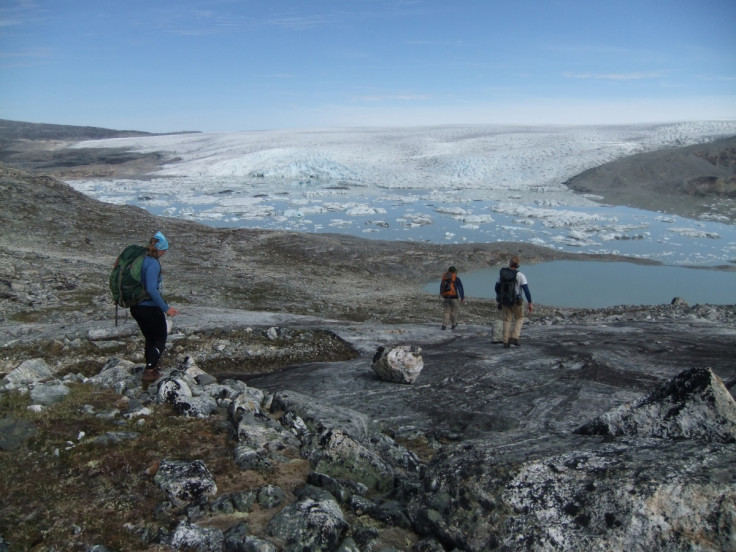Global Warming 400,000 Years Ago Caused Greenland Ice Sheet Collapse

Global warming over 400,000 years ago led to the collapse of the Greenland ice sheet, scientists have discovered.
Experts from Oregon State University found that the collapse caused global sea levels to rise by up to six metres.
The study found that a warming period caused by changes to Earth's orbit around the Sun pushed the Greenland ice sheet past its threshold of stability.
Study author Anders Carlson said: "The climate 400,000 years ago was not that much different than what we see today, or at least what is predicted for the end of the century. The forcing was different, but what is important is that the region crossed the threshold allowing the southern portion of the ice sheet to all but disappear.
"This may give us a better sense of what may happen in the future as temperatures continue rising."
The warming was part of a period known as the Marine Isotope Stage 11 – an exceptionally long period between two ice ages. During this time, sea levels rose by up to 13m above their present levels.

Scientists were looking to establish how much of this rise was caused by Greenland's ice sheet melting.
Published in the journal Nature, researchers looked at sediment cores off the coast of Greenland – an area called the Eirik Drift.
Carlson explained: "Each terrain has a distinct fingerprint. They also have different tectonic histories and so changes between the terrains allow us to predict how old the sediments are, as well as where they came from. The sediments are only deposited when there is significant ice to erode the terrain. The absence of terrestrial deposits in the sediment suggests the absence of ice.
"Not only can we estimate how much ice there was, but the isotopic signature can tell us where ice was present, or from where it was missing."
Their findings suggest that deglaciation in southern Greenland at this time would have accounted for at least four metres in global sea level rise, possibly up to six metres.
Researchers believe ice sheet loss probably went beyond the southern edges of Greenland but not all the way to the centre. "This is the first step toward more complete knowledge of the ice history," Carlson said. "But it is an important one."
© Copyright IBTimes 2025. All rights reserved.






















